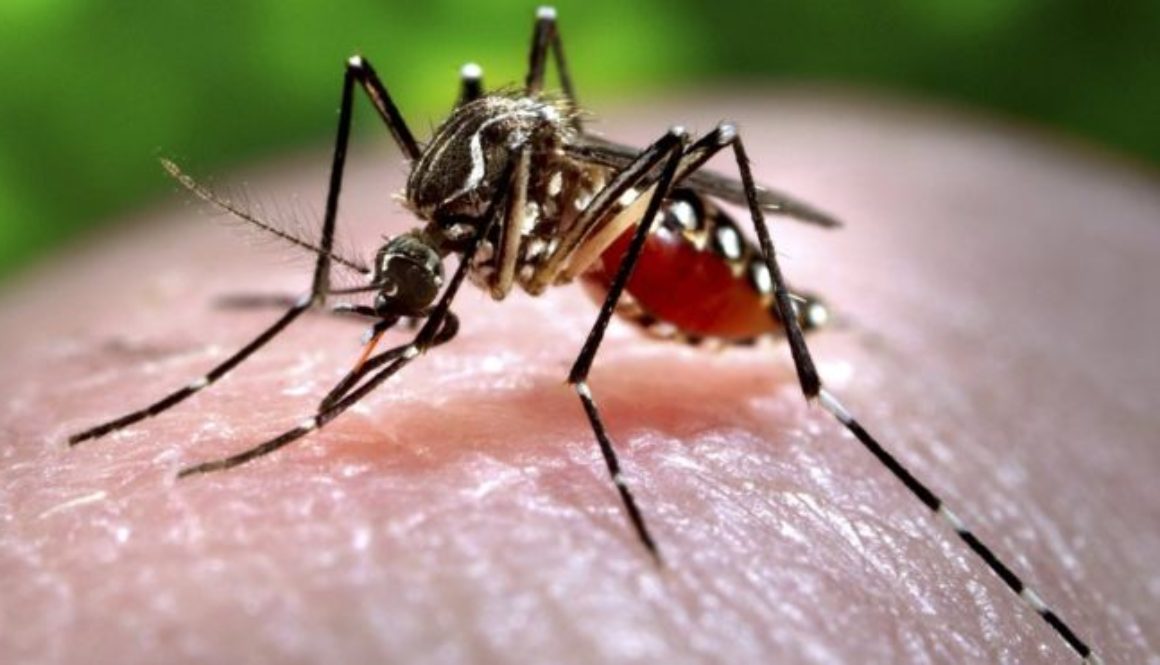
Zika and the insecticides being used to address the threat of spread, are of major concern for us at Toxic Free NC. The organophosphate insecticide widely used in South Florida and responsible for the recent bee kill in South Carolina is also toxic to humans. For North Carolina, as with South Carolina, with no insect-born contraction of the disease, chemical prevention needs to be weighed against the threats that they pose. Comprehensive mosquito population reduction is needed to ensure both human and environmental health in our state.
Here’s a couple of things to help curb concerns:
- The cases ofZikain humans in North Carolina are all from people who contracted the virus while traveling, no mosquito has been found to carry in NC as of this writing.
- The species of mosquito that carriesZika, Aedes Egypti, is not prevalent in NC.(Though that could be because researchers have been focused on other species).
That said, the CDC does list Charlotte as one of two NC cities that are of concern, especially if more common mosquito species become carriers.
This is a complex issue and we hope that people weigh their options on how to address it by exploring options such as Integrated Vector Control (IVC). For more depth, click here to check out PAN’s blog post. Given the low threat level in NC, non-chemical interventions are needed in order to ensure continued reduction in the overall mosquito population. With mosquito management practices in place, we can make North Carolina highly unwelcoming for Zika!
We will be monitoring both state and federal policy on this issue, such as the SMASH act currently under review in congressional subcommittee, to make sure decision makers are approaching this issue with the comprehensive care needed for effective human and environmental health protection.
Mosquito Management and other household alternatives
Common mosquito breeding sites to watch for and what can be done to prevent mosquito breeding grounds and control mosquito problem:
- Clean roof gutters and downspouts
- Do not over-irrigate lawns and fields
- Discard old tires in approved disposal sites or store them inside
- Empty outdoor containers that might collect water regularly or store indoors
- Repair leaky plumbing and outside faucets
- Screen rain barrels and openings to water tanks — seal them off from mosquitoes
- Keep grass cut and bushes trimmed
- Remove leaf piles frequently
- Reduce the amount of English Ivy
- Empty, clean and refill birdbaths twice weekly and small wading pools weekly
- Change water and scrub vases holding flowers or cuttings twice each week, or cuttings in sand
- Drain outlets from air conditioners
- Connect wastewater drains to approved sewage disposal systems
- Store wheelbarrows, carts, canoes and boats upside-down
- Stock ornamental ponds with fish that eat mosquito larvae
- Fill holes in trees with sand or mortar
Insect Repellents:
In general our recommendations for using any insect repellent are:
- Choose oils or lotions rather than sprays, which produce fine particles that are easily inhaled.
- Do not apply repellents to broken skin.
- When food is being served nearby, be sure to stay well away from preparation and serving areas while applying repellents.
- Wash your hands immediately after applying insect repellents.
- Do not allow children to apply their own repellent, and do not apply repellents containing DEET or other pesticides directly to children’s skin. If you use such products, they can be applied to clothing instead.*
- Do not use sunscreen/repellent combinations. Sunscreen needs to be reapplied more often than repellents, so the combination products can result in overexposure to pesticides.
- Wash off all repellent from skin and clothing immediately after coming indoors.
*Citronella can be applied directly to the skin and is competitive with DEET on efficacy. DEET is a neurotoxin so, should you decide to go that route, just be cognizant of where and how much is applied.
|
Herbal Insect Repellant 15 drops lavender oil 15 drops tea tree oil 10 drops citronella oil 10 drops eucalyptus oil 10 drops cedarwood oil In a one-ounce plastic squeeze bottle, mix these with your favorite unscented skin oil (olive oil works fine). Not recommended for pregnant women. Keep out of eyes. Try a small amount on your wrist first to check for skin sensitivities. Experiment with other ingredients to develop your own blend! |
